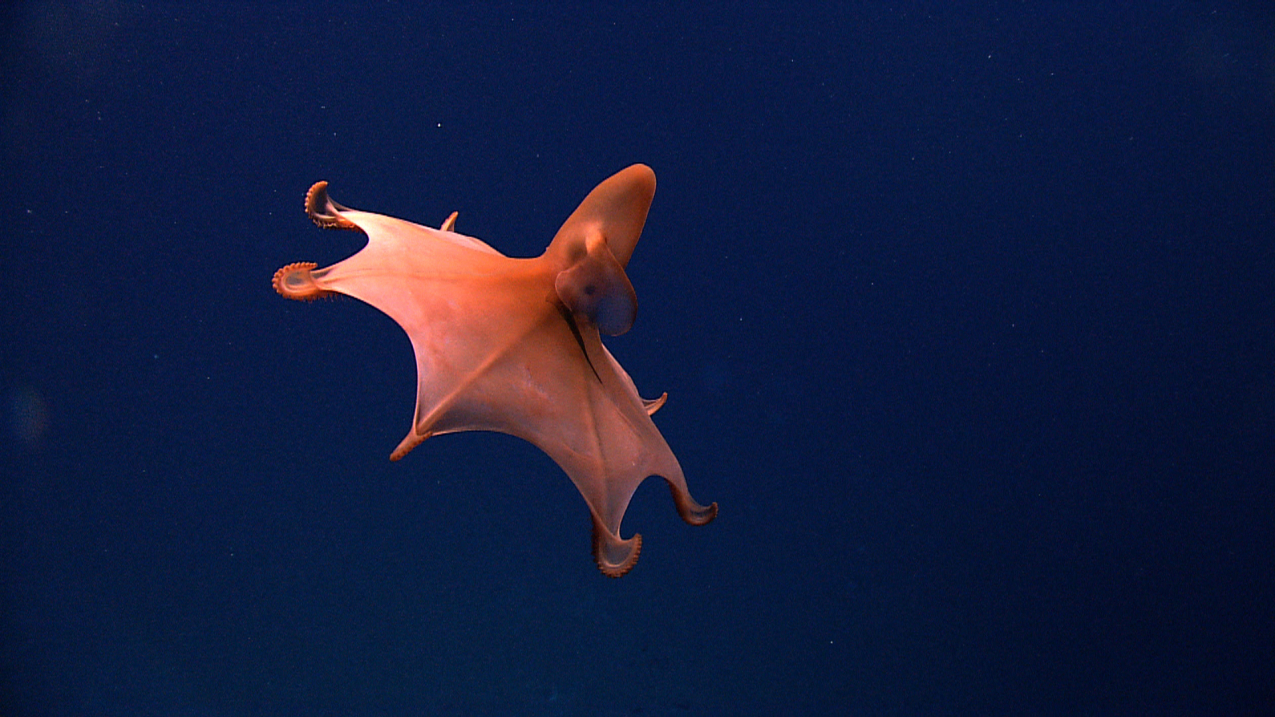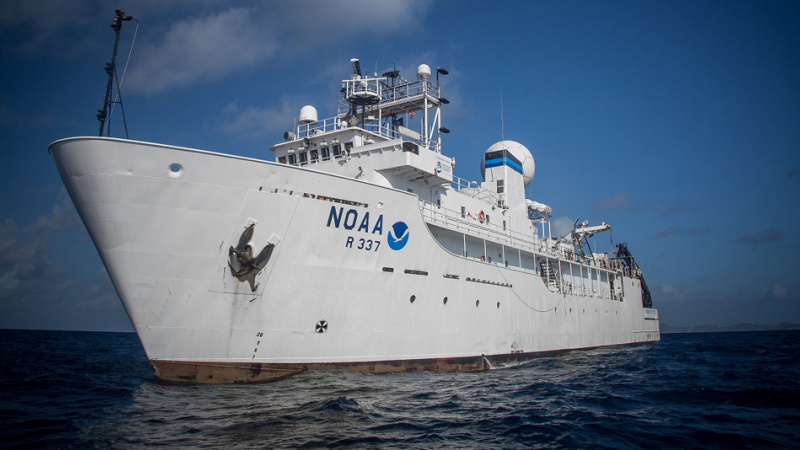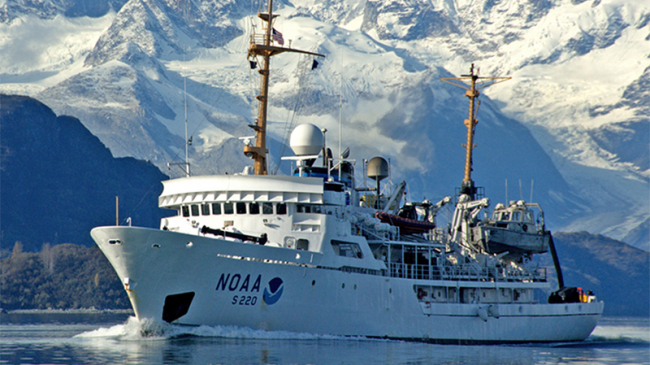Watch the exploration of unknown areas online and in real-time
Watch the exploration of unknown areas online and in real-time

This rare dumbo octopus often called the Blind Octopod due to the lack of a lens and reduced retina in its eyes was observed in the deep waters surrounding Puerto Rico in 2015. (Image credit: NOAA Office of Ocean Exploration and Research)





